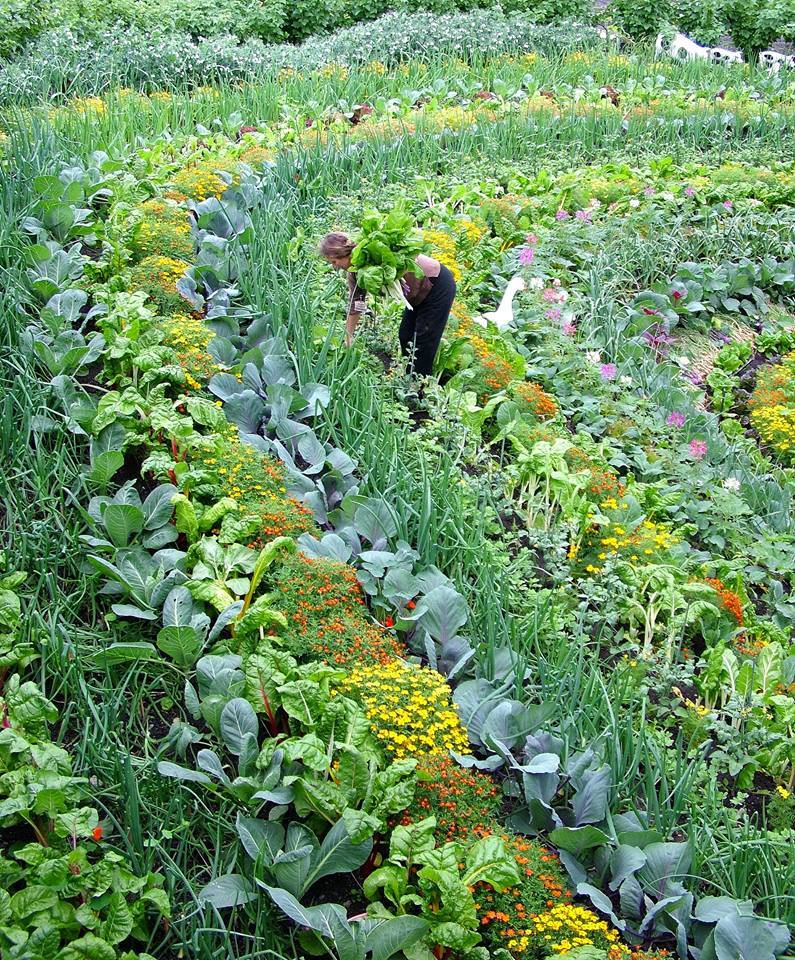Our opportunity – as consumers, farmers, businesses, governments and others – is to build a new reality of health for humanity, our planet and all those creatures big and small that create the web of life we’ve called home since our origins.
The answer is regenerative agriculture. Through fundamental changes in our approach to soil and food system management, we can revitalize this planet by rewiring the natural carbon cycles that have long maintained balance in our soil, water and air so that biology can thrive.
It is our duty to empower ourselves about our food and health and change our role in consuming these natural resources on the planet. We can start to co-create the food we eat with farmers and producers.
Without healthy soil, our produce not only lacks nutrients, but also invites chemicals into our very biology and ecosystem. These chemicals will continue to break down the cornerstone of our health – our immune system – if we let them.

There are other ways to be proactive with your health too. Today, small changes can help strengthen your microbiota, take steps to decrease your pesticide exposure, and increase your connection to Mother Nature:
GO OUTDOORS:
Diversify your exposure to different outdoor environments as much as possible. Look for diversity in your day and breathe new ecosystems. Your microbiota is an extension of your larger ecosystem that you interact with every day. The more you venture, the deeper your health takes root.
EAT REGENERATIVE
Food grown with regenerative farming practices provides the ideal environment for healthy, nutrient-rich food to grow. Look for farmers and restaurants in your area that use regenerative practices or sources from regenerative farms, and take a look at your pantry to really determine what is contributing to or degrading your microbiota. A non-profit organization, Farmers Footprint, has begun publishing a list of regenerative farms across the US. Brazil must follow this model.
GROW ORGANIC COMMUNITIES
The third largest crop grown in the US, on 40 million acres, is lawn grass. This monoculture grass is fed enormous amounts of chemical fertilizers, herbicides and pesticides, making backyards, schoolyards, soccer fields, parks and golf courses some of the most toxic areas in the US.
DIVERSIFY YOUR DIET
By diversifying your diet with nutrient-dense organic foods, you strengthen your microbiota. The closer your dish is to the garden, the better! Organic CSA and farmers’ market resources are an option when your own backyard isn’t producing. Adding a few bites of wild fermented foods daily and eating local fruits and vegetables in season and growing your own food are great ways to diversify your indoor ecology.
JOIN THE REGENERATIVE MOVEMENT (USA)
Support the Farmer Footprint and our mission to regenerate 5 million acres of farmland by 2025. By supporting our cause, you help support farmers and communities transition from chemical dependency to the life-giving practice of regenerative soil management (www.farmersfootprint .us). Soil health is arguably the most important element that affects our health, the health of future generations and the health of this planet we call home. Join the Regen Revolution.
